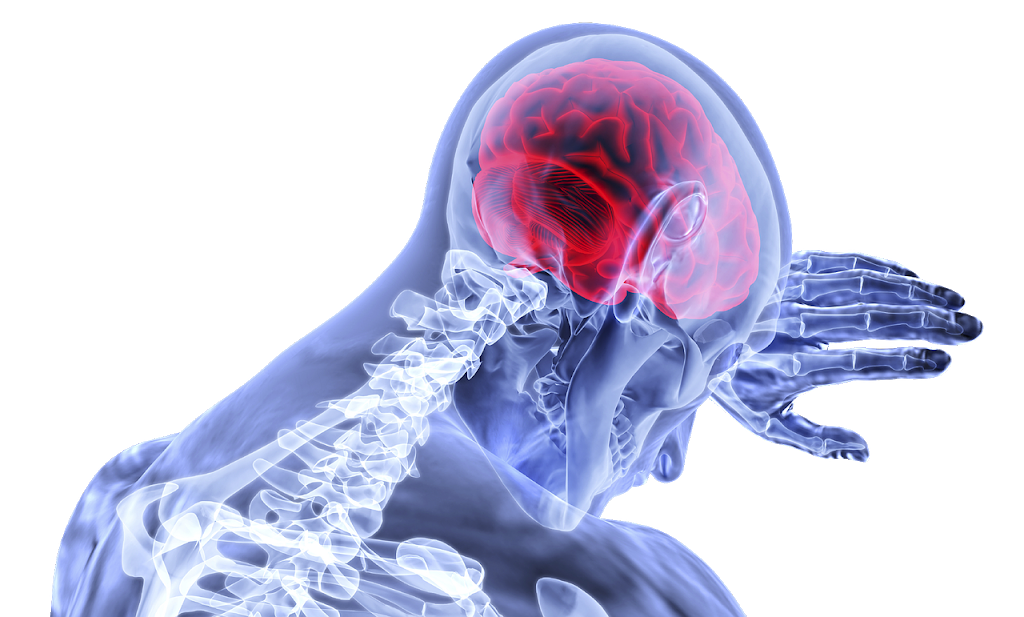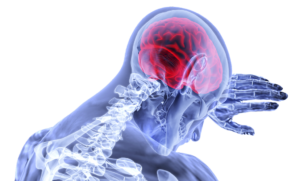Alcohol is a caustic substance that can wreak havoc on the mind and body. Beer, spirits, and wine are the most commonly used and abused addictive substances. The Centers for Disease Control and Prevention (CDC) estimated 95,000 people die from alcohol-related causes annually. The mind-altering substance is the third leading cause of preventable death in the United States.
Since alcohol is legal for consumption, many people use it without considering the inherent dangers of imbibing. The substance is baked into many American pastimes, and it has a home on nearly every table during the holiday season.
Even when individuals understand the dangers of drinking, many will continue using alcohol after it does harm. Some 14.1 million American adults ages 18 and older had an alcohol use disorder in 2019, according to the National Survey on Drug Use and Health (NSDUH). Since surveys rely on self-reporting, the number of people living with alcoholism is likely much higher.
When alcohol use disorders are left unchecked, there is no way of predicting the adverse effects on one’s health. Chronic alcohol consumption can lead to cirrhosis of the liver, cardiovascular disease, and various types of cancer. With the long-term effects of alcohol in mind, it’s concerning that so few people seek treatment each year. The 2018 NSDUH showed that about 7.9 percent of adults who had alcohol use disorder received treatment in the past year.
Alcohol Use Disorder and the Brain
We cannot have a conversation about the lasting damage of alcohol use without covering its effect on the brain. Most Americans understand that drinking alcohol while pregnant can do irreparable damage to the developing brain of a fetus. Disclaimers are posted on every bottle of alcohol. Fetal alcohol spectrum disorders (FASDs) are several conditions that affect a person whose mother imbibed during pregnancy.
With the above in mind, it should not come as a surprise to learn that alcohol can also significantly impact the minds of adolescents. Moreover, research shows that alcohol can do damage any time the brain changes dynamically, Science Daily reports. The harmful effects of alcohol can significantly impact people in later adolescence (15-19 years) and those 65 and older.
Research appearing in BMJ found that later adolescent binge drinkers had reduced brain volume, poorer white matter development, and deficits in a range of cognitive functions. People over 65 with alcohol use disorders were shown to be at far greater risk for all types of dementia, particularly early-onset. The researchers also point out that even moderate drinking was associated with significant brain volume loss during midlife. The researchers conclude:
“Population-based interventions such as guidelines on low-risk drinking, alcohol pricing policies, and lower drink driving limits need to be accompanied by the development of training and care pathways that consider the human brain at risk throughout life.”
The findings come at an unprecedented time of increased alcohol use in America. A report in the journal JAMA Network Open shows that American adults are drinking 14 percent more often during the pandemic. In March, national alcohol sales were up 54 percent from the year before. Online alcohol sales increased 262 percent from 2019.
California Addiction Treatment Center
If you are living with an alcohol use disorder and require assistance, please contact Hemet Valley Recovery Center & Sage Retreat. At HVRC, we offer a full continuum of care, from acute medical detoxification to sober living programs. We are licensed as a Chemical Dependency Rehabilitation Hospital (CDRH), enabling us to provide more services than most addiction treatment centers.



